The Ultimate Guide to Honey Gouramis: Natural Environments, Care Requirements, and More
Introduction to Honey Gouramis
Honey Gouramis (Trichogaster chuna) captivate aquarium enthusiasts with their radiant colors and serene presence. Their gentle demeanor and relatively simple care requirements make them an ideal choice for both novice and seasoned fish keepers. In this comprehensive guide, we explore the natural habitats of Honey Gouramis, the essential care they need in a home aquarium, and tips to ensure they thrive.
Natural Environments of Honey Gouramis
Native Habitats
Honey Gouramis originate from the lush, slow-moving rivers, ponds, and lakes of India and Bangladesh. These serene waters, warmed by the tropical sun, provide a tranquil haven for these delicate creatures. The warm, slightly acidic to neutral waters are teeming with aquatic plants, creating a sanctuary of greenery where Honey Gouramis can find shelter and food. The temperature in these natural habitats ranges from 22°C to 28°C (72°F to 82°F), providing a consistently warm environment. The pH levels hover around 6.0 to 7.5, offering a slightly acidic to neutral balance that is ideal for their well-being. The gentle flow of the water ensures a calm and stable habitat, where the dense vegetation offers both refuge and breeding grounds.
Seasonal Changes
In their native environment, Honey Gouramis experience the rhythmic changes of the seasons. The rainy season brings a rise in water levels and a slight drop in temperature, creating a dynamic yet balanced ecosystem. These seasonal shifts play a crucial role in their breeding cycle, signaling the start of a new life. The abundance of food and the freshness of the rain-renewed waters provide the perfect conditions for spawning and nurturing the next generation.
Setting Up the Ideal Aquarium for Honey Gouramis
Tank Size and Setup
To recreate the serene and lush environment of their native habitat, careful attention must be paid to the aquarium setup. A minimum tank size of 40 liters / 10 gallons is recommended for a pair of Honey Gouramis, though larger tanks are preferable for more fish or a community setup. The choice of substrate is essential; a dark, sandy substrate mimics the riverbeds they are accustomed to, creating a familiar and comforting environment. Incorporating a variety of live plants, such as Java Fern, Anubias, Ambulia and Water Wisteria, will provide essential hiding spots and breeding grounds. Floating plants like Duckweed and Azolla offer additional shelter and help to diffuse the light, creating a dappled effect reminiscent of their natural habitat. A gentle filtration system is crucial to maintain water quality without disturbing the calm, still waters they thrive in. Moderate lighting is sufficient to support plant growth and simulate their natural conditions without overwhelming the fish.
Water Parameters
Maintaining stable water parameters is paramount for the health and happiness of Honey Gouramis. The water temperature should be kept between 24°C to 27°C (75°F to 80°F), creating a warm and inviting environment. The pH level should remain between 6.0 to 7.5, ensuring a slightly acidic to neutral balance. Water hardness should be kept between 4 to 10 dGH to replicate their natural conditions. It is essential to monitor ammonia, nitrite, and nitrate levels, aiming for 0 ppm of ammonia and nitrites and keeping nitrates below 40 ppm. Regular water changes and testing will help maintain these parameters, ensuring a healthy environment for your fish.
Aquarium Decoration
Decorating the tank with natural elements like driftwood, rocks, and caves can enhance the habitat, providing hiding spots and visual interest. These decorations should be chosen carefully to avoid sharp edges that could harm the delicate fins and bodies of Honey Gouramis. Creating a landscape that resembles their natural habitat will help them feel secure and reduce stress, promoting healthier and more vibrant fish.

Care Requirements for Honey Gouramis
Feeding
Honey Gouramis are omnivores, thriving on a varied diet that mimics the diversity of their natural food sources. In the wild, they feast on small insects, larvae, and plant matter, and this should be replicated as closely as possible in the aquarium. A balanced diet of high-quality flakes and pellets, specifically formulated for tropical fish, should form the staple of their diet. Supplement this with live and frozen foods such as brine shrimp, daphnia, and bloodworms to provide essential proteins and nutrients. Including vegetable matter like blanched spinach and zucchini will offer additional nutrients and variety. Feeding them small amounts twice a day ensures they receive adequate nutrition without overfeeding, which can lead to poor water quality and health issues.
Tank Mates
The peaceful nature of Honey Gouramis makes them excellent candidates for community tanks. They coexist harmoniously with other non-aggressive fish species, creating a serene and vibrant underwater world. Suitable tank mates include Tetras, Rasboras, Corydoras catfish, and small, peaceful barbs. Snails can also make good companions, adding diversity and interest to the tank. It is essential to avoid housing them with larger, aggressive fish that might intimidate or harm them, ensuring a stress-free and harmonious environment.
Breeding Honey Gouramis
Breeding Honey Gouramis in a home aquarium can be a rewarding experience, provided the conditions are just right. Begin by conditioning the breeding pair with a high-protein diet to prepare them for spawning. Setting up a separate breeding tank with shallow water levels, around 6-8 inches, and plenty of floating plants is crucial. The male will build a bubble nest at the water surface, a fascinating and intricate process to observe. Once the nest is complete, the female will lay her eggs, which the male will then fertilize and carefully place in the nest. After spawning, it is advisable to remove the female to prevent stress and allow the male to care for the nest. The male will guard the eggs diligently until they hatch, at which point the fry become free-swimming. Once the fry are independent, remove the male and begin feeding the fry infusoria or commercially prepared fry food to ensure they grow strong and healthy.
Common Health Issues
While Honey Gouramis are generally hardy, they can be susceptible to common freshwater fish diseases. Regular monitoring and maintaining optimal water conditions are essential to prevent health problems. Ich, or White Spot Disease, is characterized by white spots on the body and fins and can be treated with increased temperature and medication. Fin Rot, often caused by bacterial infections due to poor water quality, requires improving water conditions and treating with antibacterial medication. Velvet Disease, a parasitic infection causing a gold-dust appearance on the skin, can be treated with specific antiparasitic medications. Regular observation and prompt treatment of any signs of illness will help ensure the health and longevity of your Honey Gouramis.
Conclusion
Honey Gouramis are a delightful addition to any freshwater aquarium, offering beauty, tranquility, and fascinating behavior. By replicating their natural habitat, providing proper care, and choosing compatible tank mates, you can ensure these captivating fish thrive in your home aquarium. With their vibrant colors and peaceful nature, Honey Gouramis will undoubtedly become a centerpiece of your aquatic collection.
Embrace the joy of keeping Honey Gouramis and watch as they bring life and color to your underwater world.

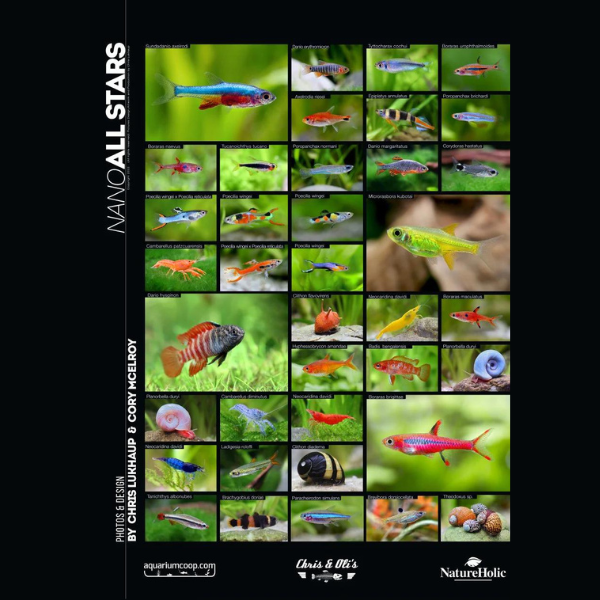
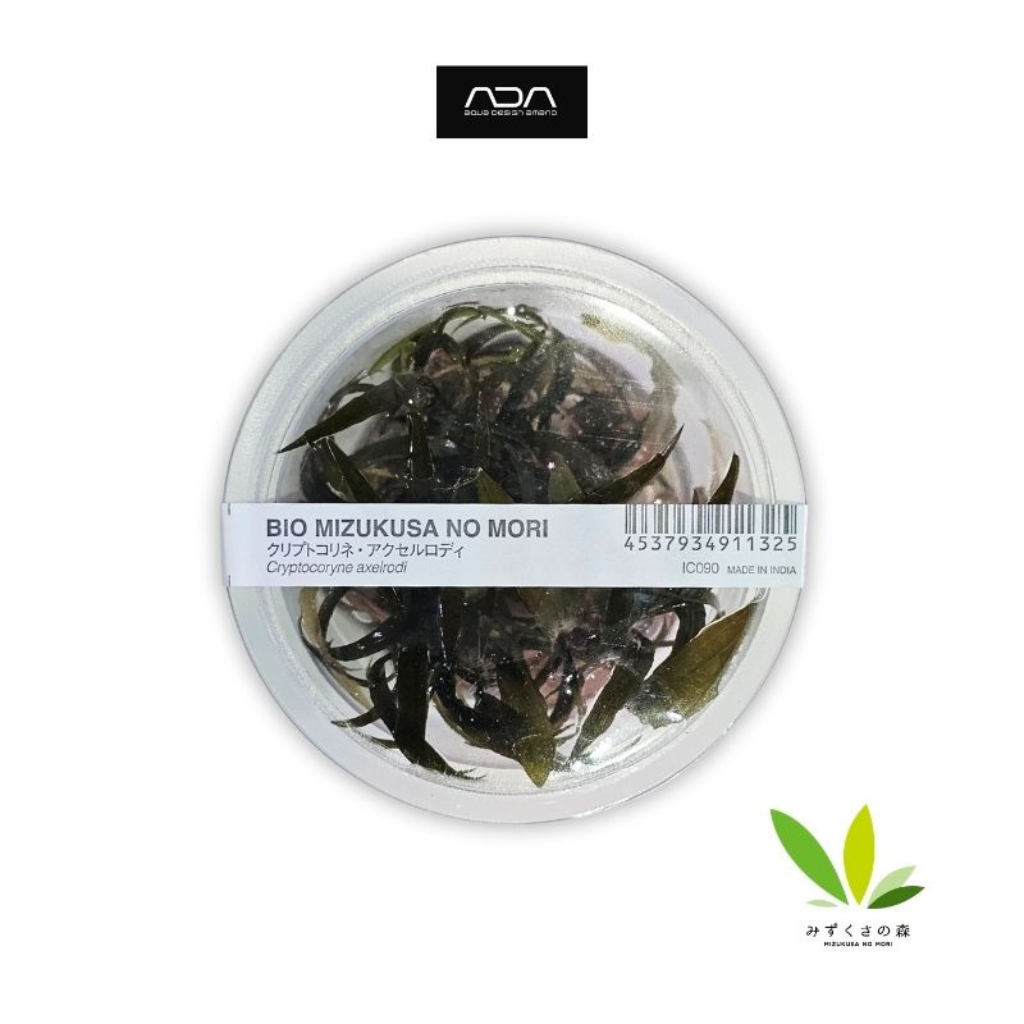
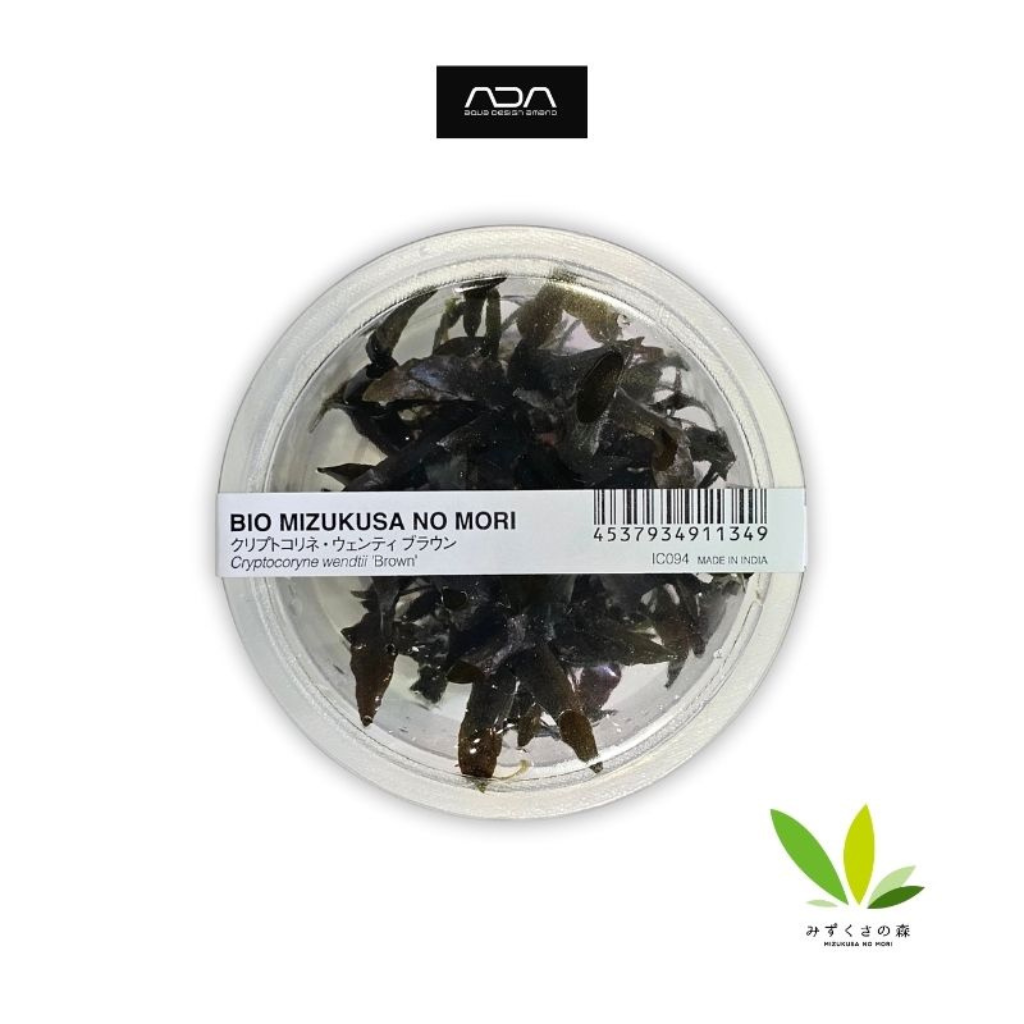
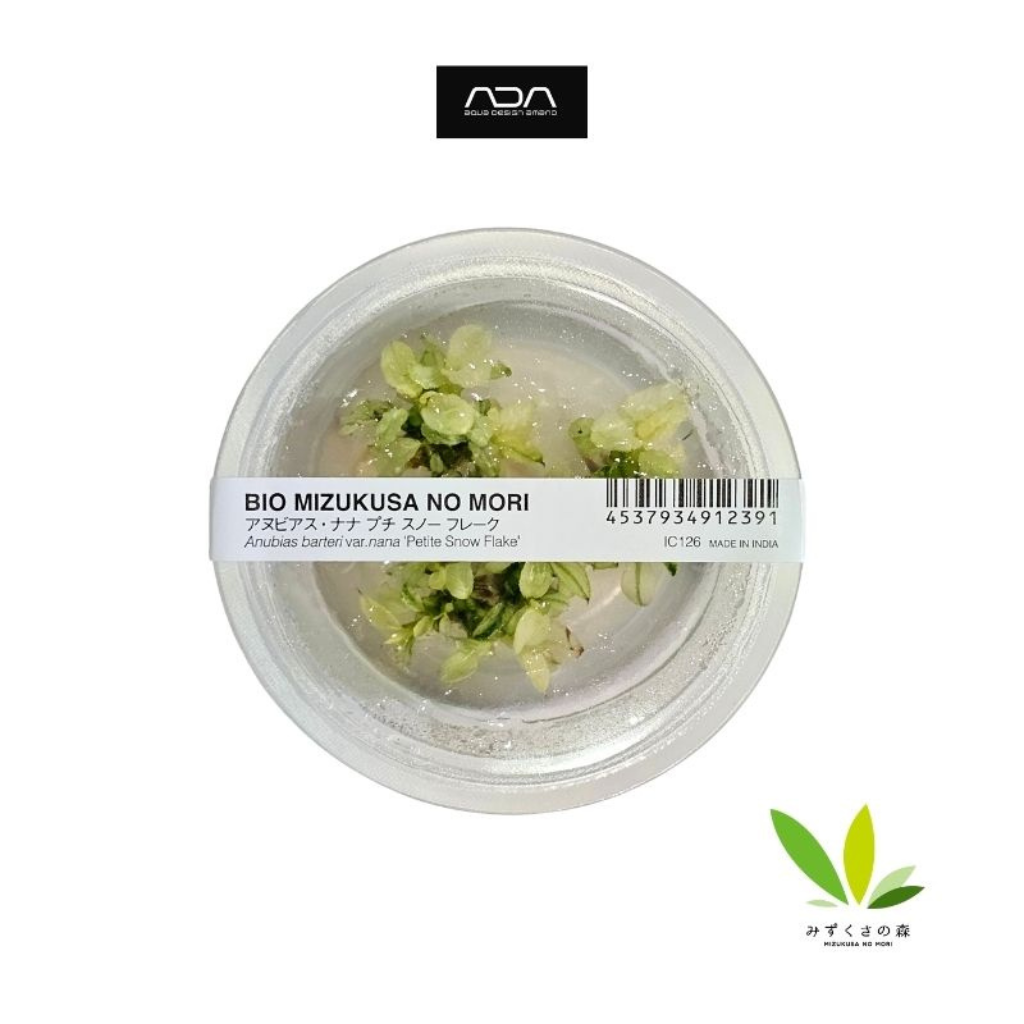

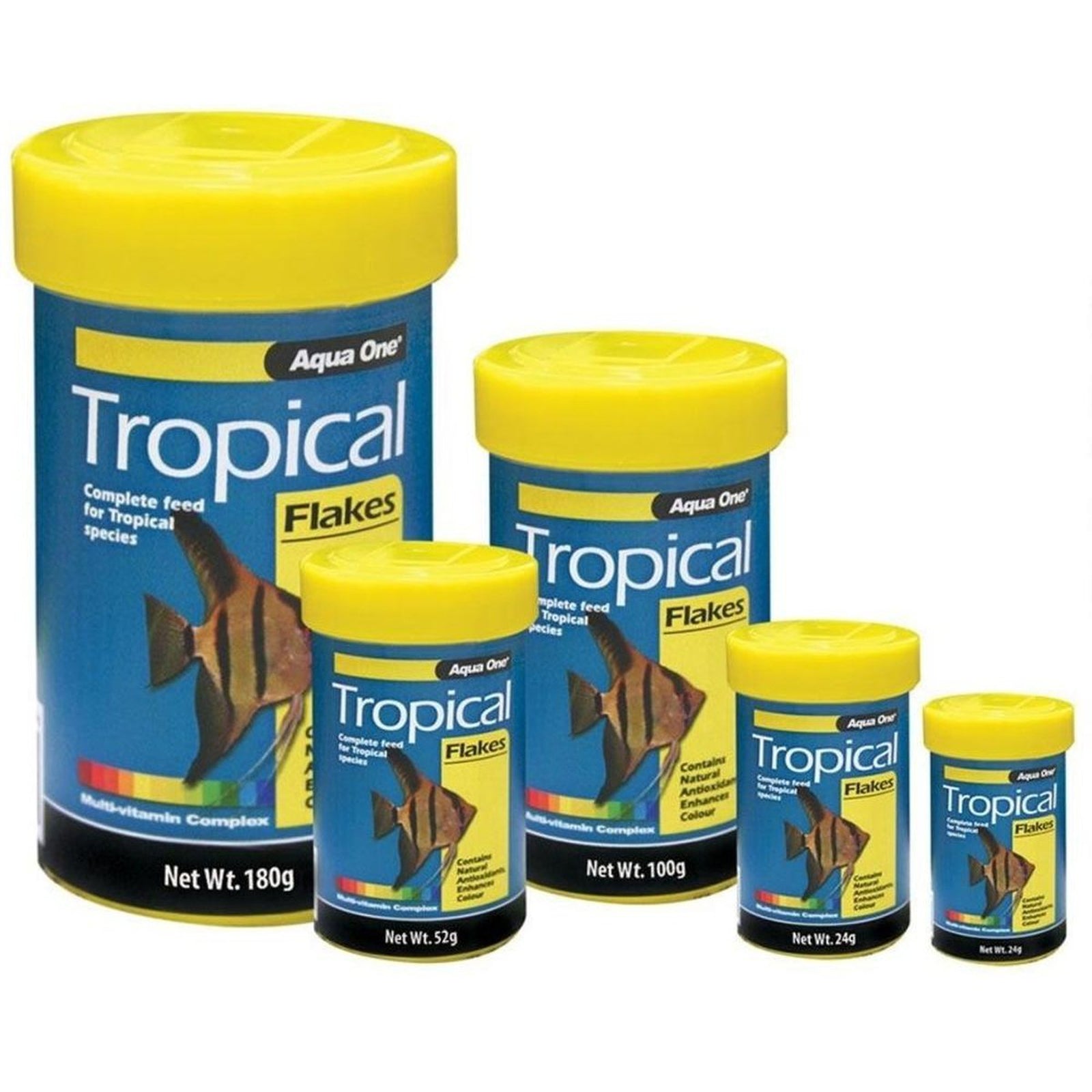
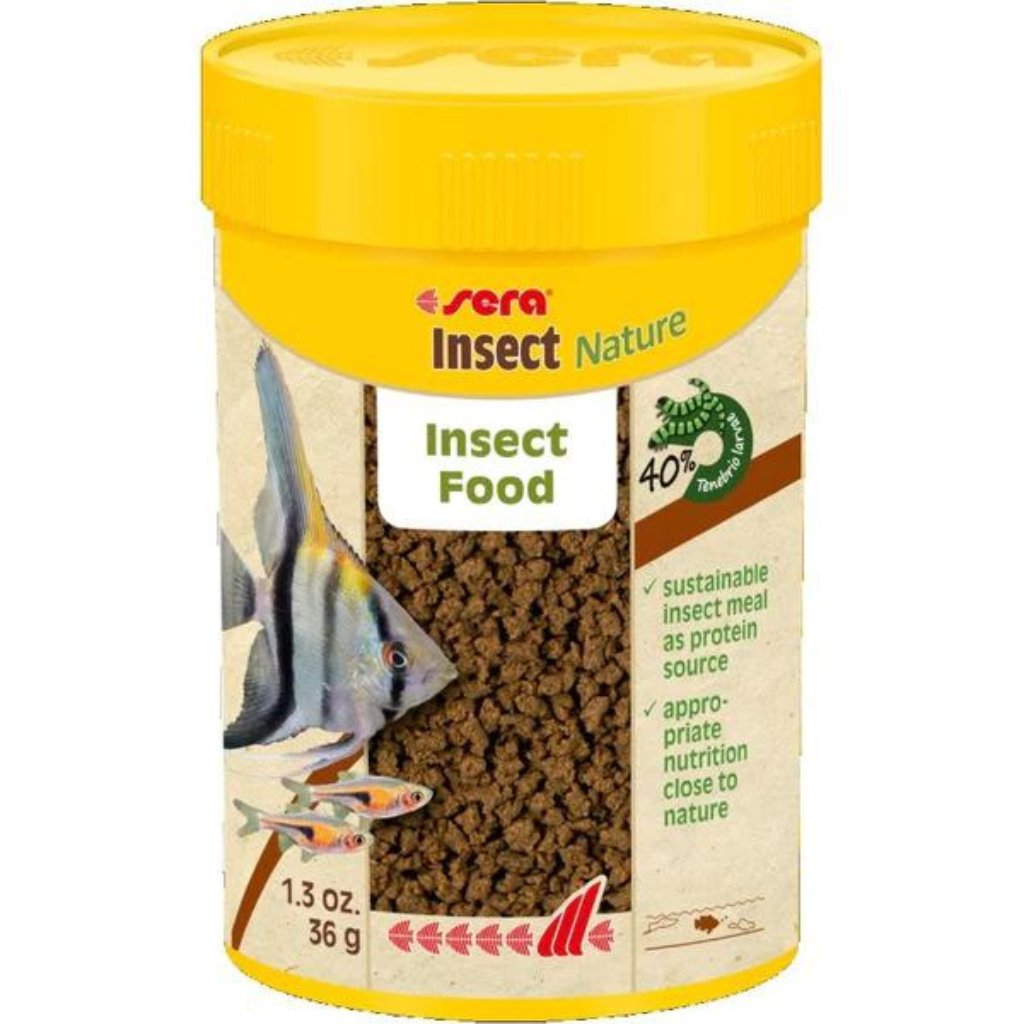
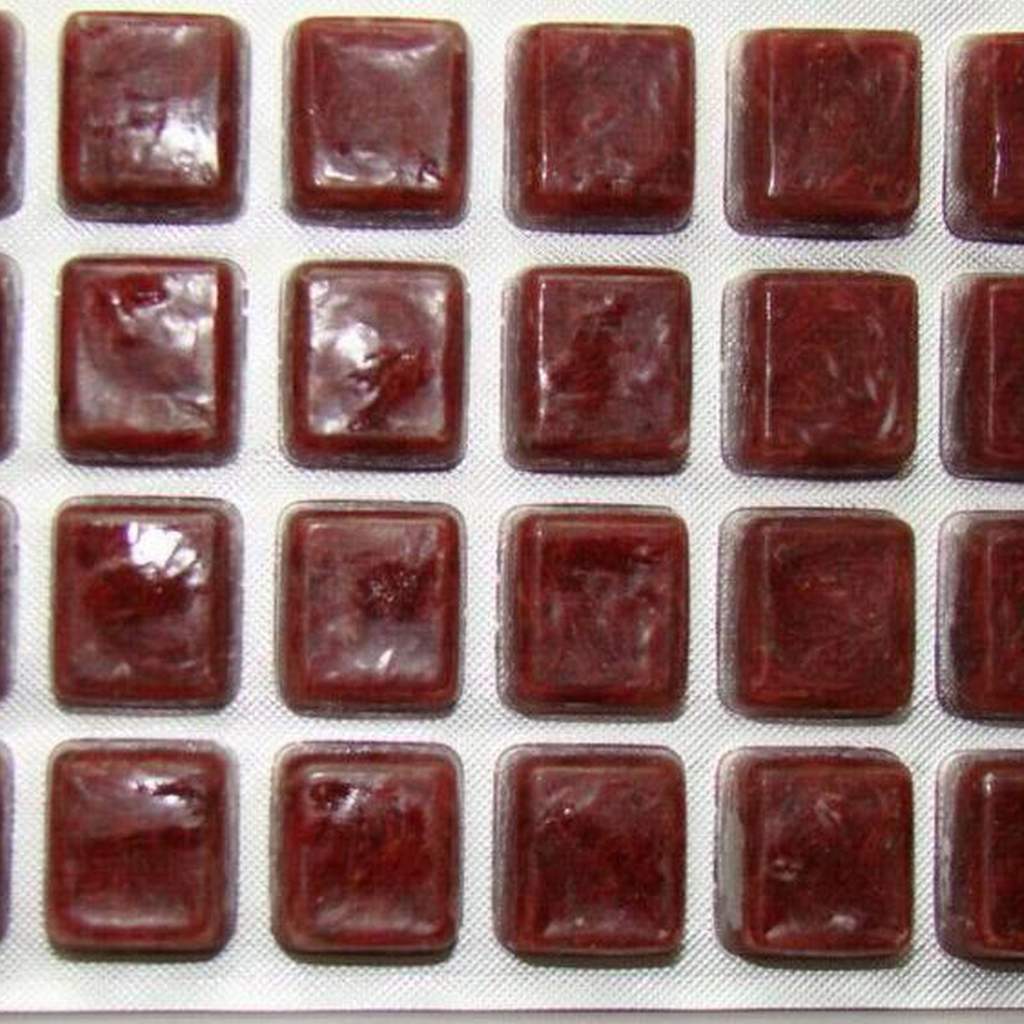





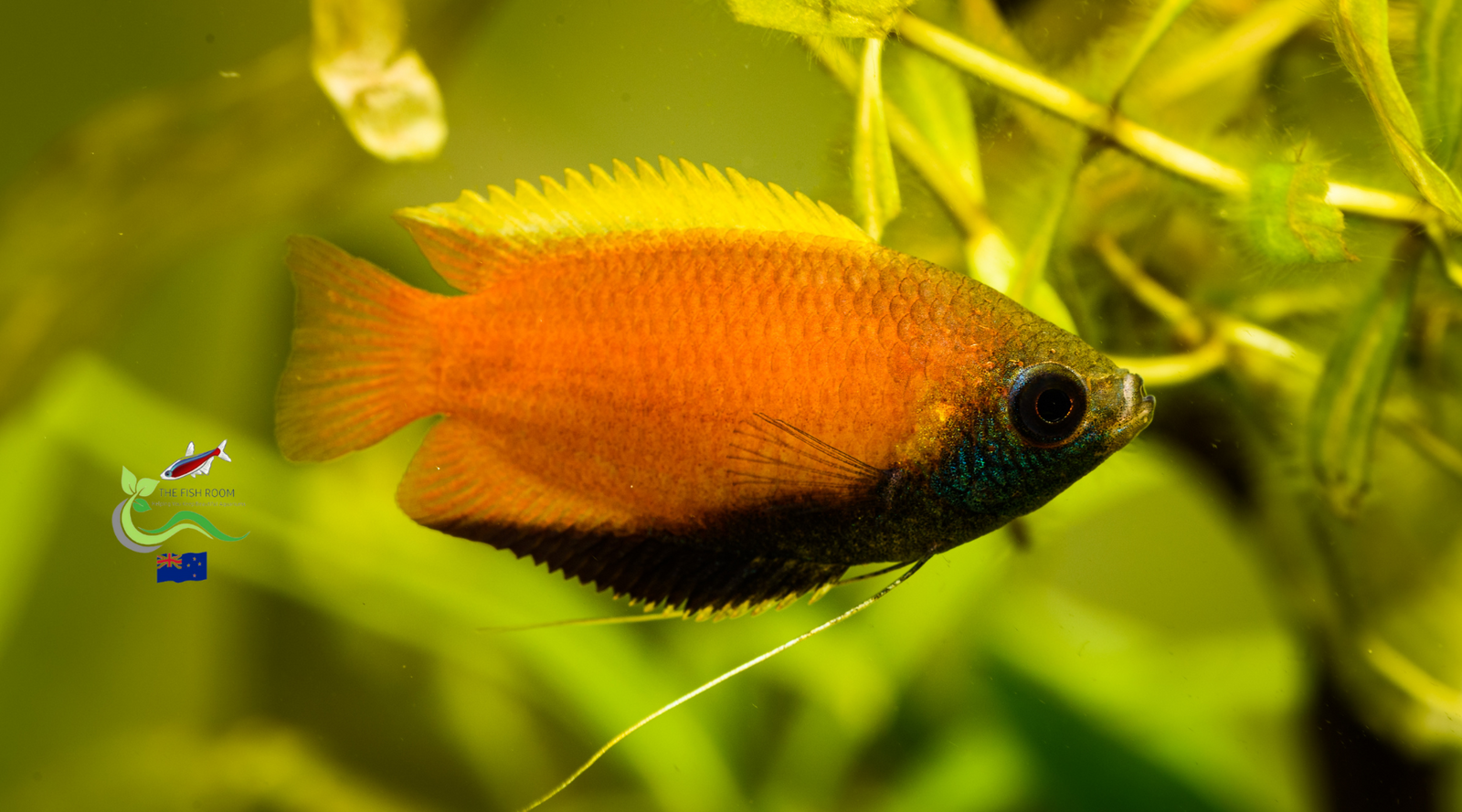
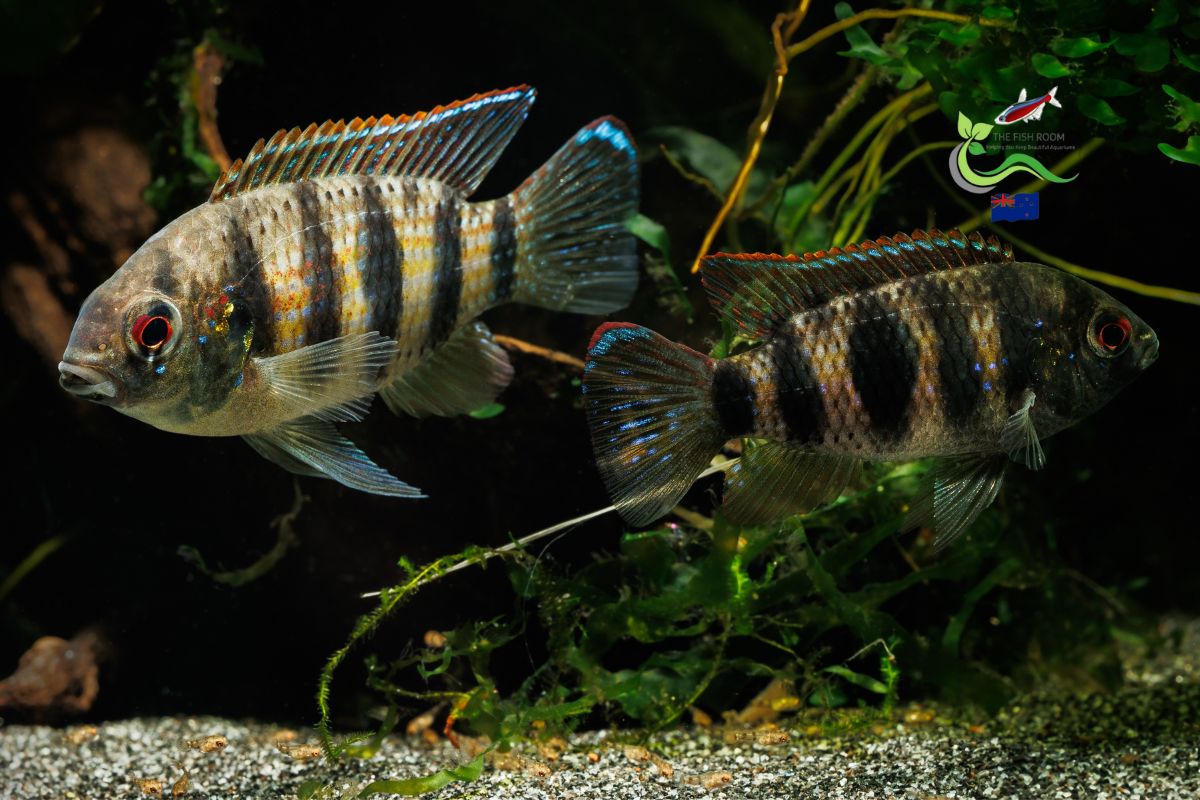
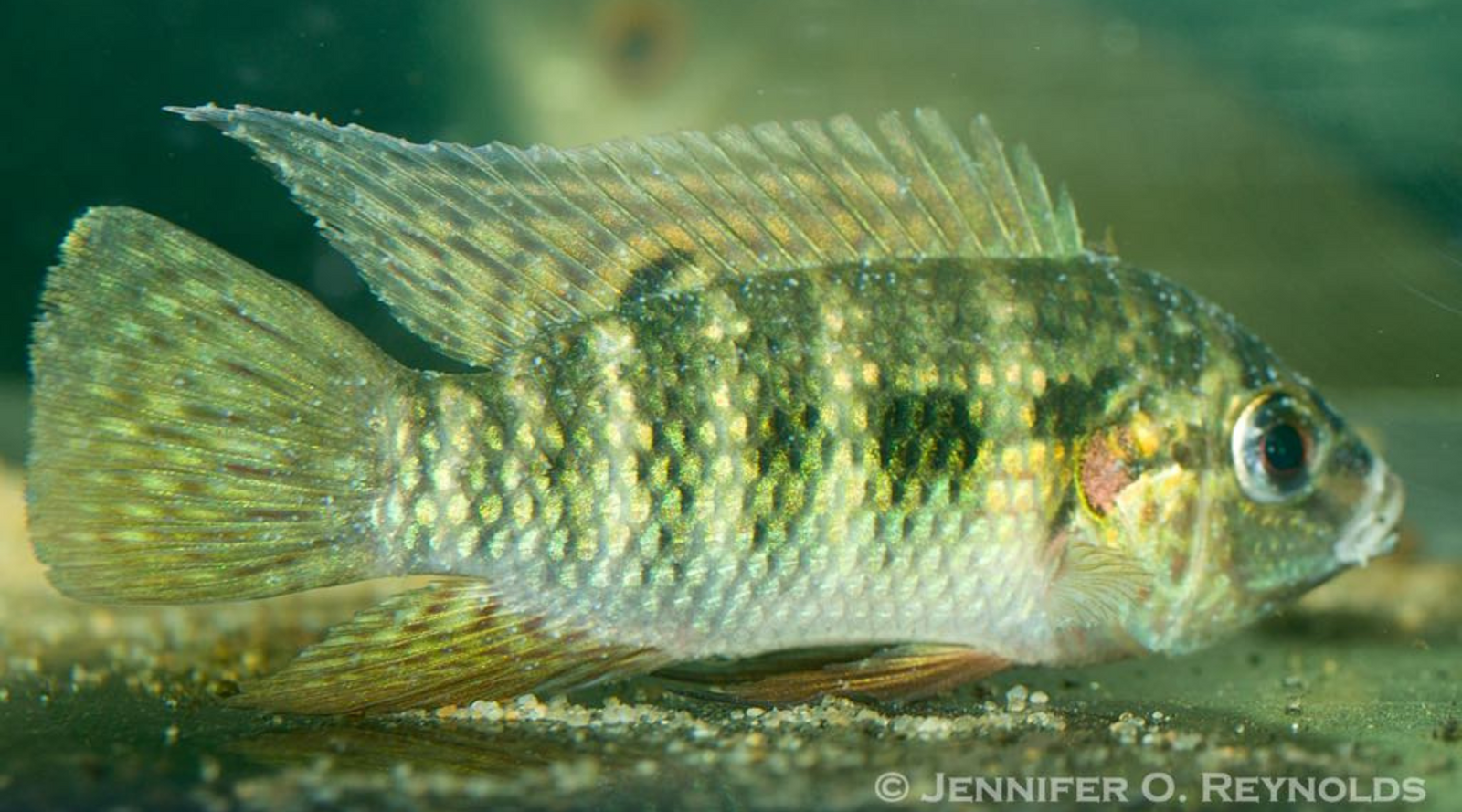
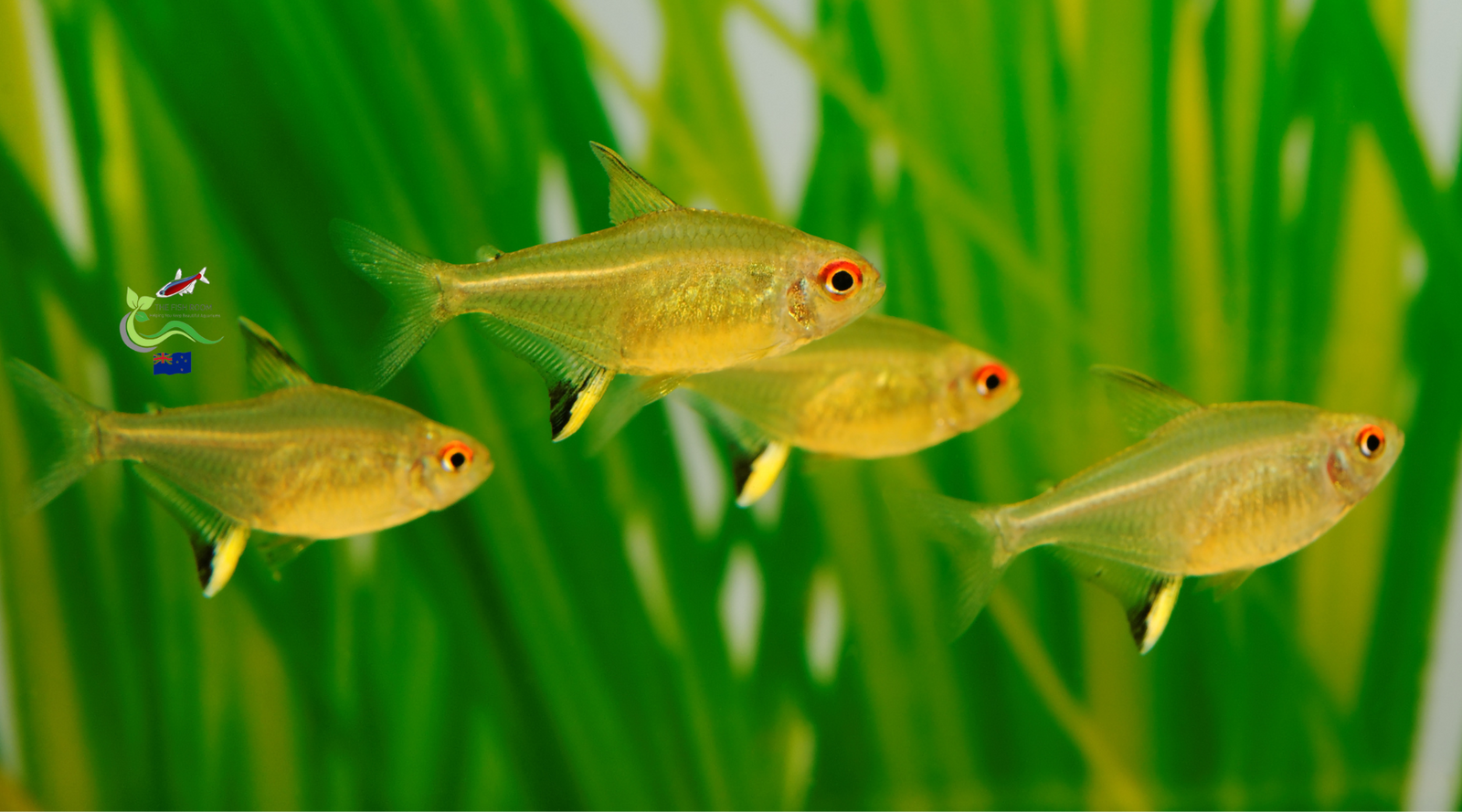
Leave a comment (all fields required)